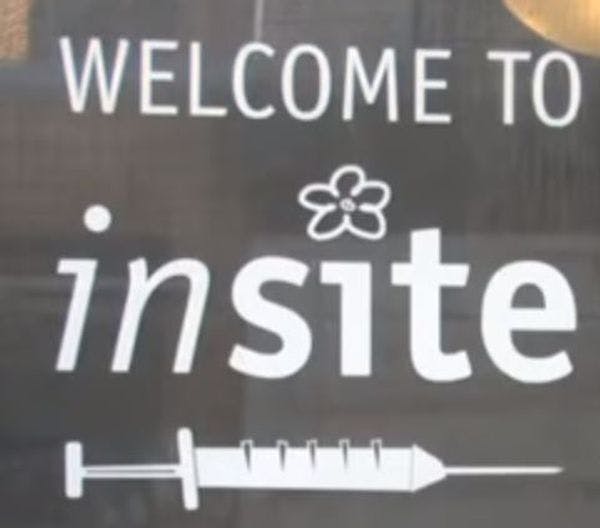Youtube - Global Platform for Drug Consumption Rooms - "Insite: Drug Consumption room in Vancouver (Canada)"
5 exemples montrant que les services de réduction des risques clandestins restent pionniers
Bien que cela soit souvent risqué, l’activisme populaire et communautaire remplit souvent le rôle de prestataire de service au sein des communautés laissées pour compte par les législations nationales. Pour en savoir plus, en Anglais, veuillez lire les informations ci-dessous.
By Carlyn Zwarenstein
Unsanctioned grassroots initiatives—from the unofficial to the plain illegal—are both the origins and the soul of the harm reduction movement. From syringe programs and drug-checking services to safe consumption sites and heroin-assisted treatment, harm reductionists have long been willing to move much faster than evolving laws and regulations to protect marginalized people’s health and save lives.
While these interventions are now legal in many places, they remain illegal or unsanctioned in many more. Amid a crisis of drug-related deaths in many parts of the world—and despite concerns in some places that medicalization has sidelined drug-user activism—the determination not to waste time waiting for the official go-ahead while people are dying remains strong.
In the US, harm reductionists working in the face of formidable political barriers nevertheless have cause for hope. “I think we’re in a moment of change in the US,” Miriam Krinsky, a former federal prosecutor who is now the executive director of Fair and Just Prosecution, told Filter. “I think it’s not out of the question … that we might see a major change in how the US approaches a host of drug policies.”
From my perspective in Canada, where harm reduction regulation is further advanced but still sorely lacking, I looked into several areas where forward-thinking activists and practitioners are driving change today.
